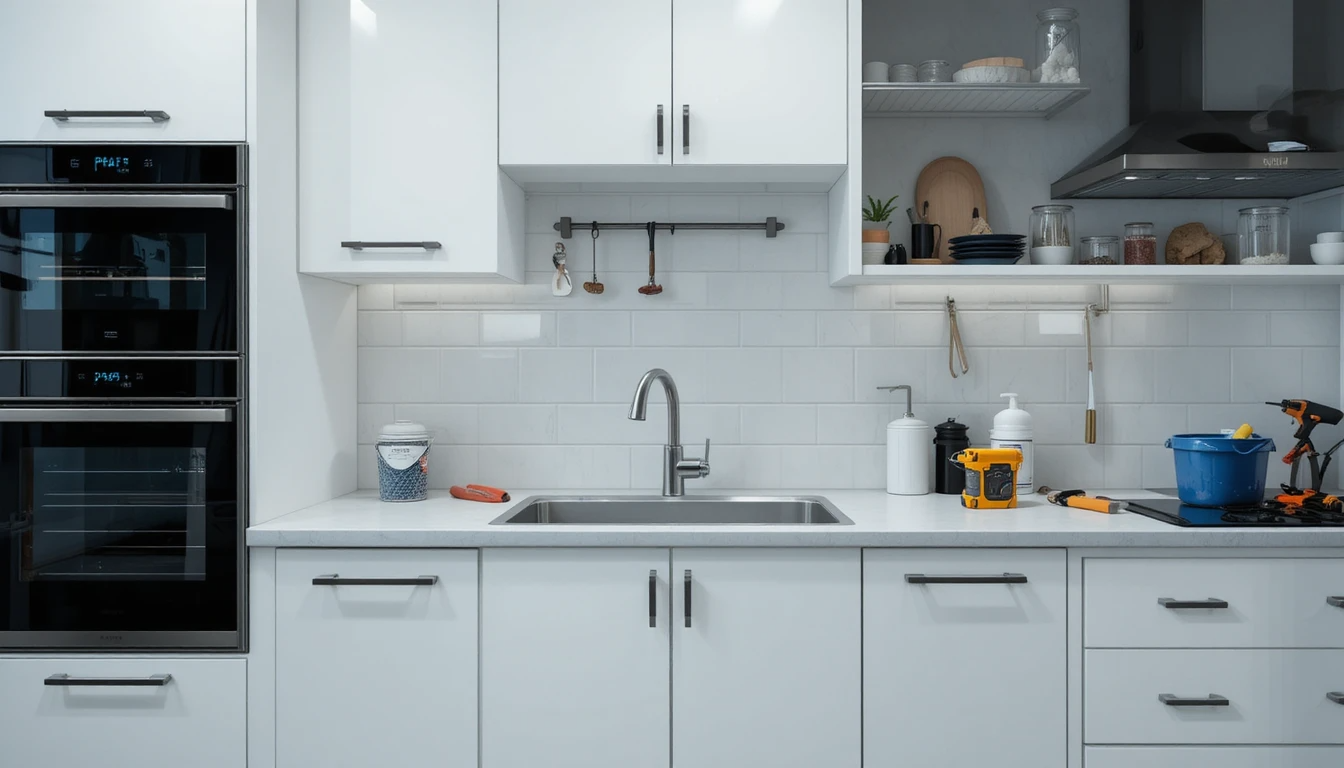A clogged garbage disposal can turn your kitchen sink into a frustrating mess, halting your daily rhythm and sparking dread as dishes pile up. It’s as disheartening as spotting white bugs in soil in your pea gravel sandbox or spider mites on a sting ray plant. But fear not—this common issue is often an easy DIY fix, requiring no plumber and just 20 minutes of your time. Whether it’s a jammed blade or a blocked drain trap, this guide walks you through the steps to restore flow, prevent future clogs, and keep your white kitchen with black hardware shining, infused with gardening keywords like neem oil and yellow bells shrub for a fresh perspective.
Why Garbage Disposals Clog
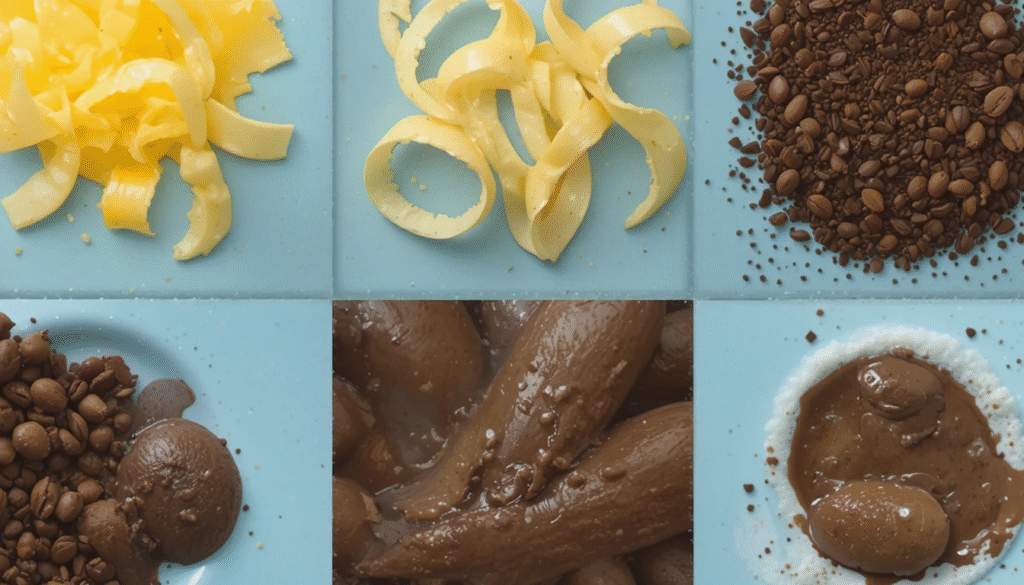
Clogs happen for a few reasons, each fixable with a bit of know-how:
- Blocked Drain Trap or Line: Debris often lodges in the P-trap or trap arm, like black mastic clogging a hardwood floor bathroom.
- Dull Blades: Worn blades create large food particles that jam the system, similar to do deer eat crocus damaging a garden.
- Air Gap Issues: A clogged air gap disrupts drainage, like load vs. line electrical wiring gone wrong.
- Improper Setup: Poorly connected hoses can trap waste, as frustrating as squirrel infestation in an a frame log cabin.
Tools and Materials Needed
- Bucket
- Channel-type pliers
- Scrub brush or wire (e.g., coat hanger)
- Drain snake (optional)
- Paper towels or rags
Step-by-Step: Unclogging Your Garbage Disposal
Fixing a clog is straightforward, like crafting lawn mowing patterns for a tidy yard. Follow these steps to get your sink flowing again:
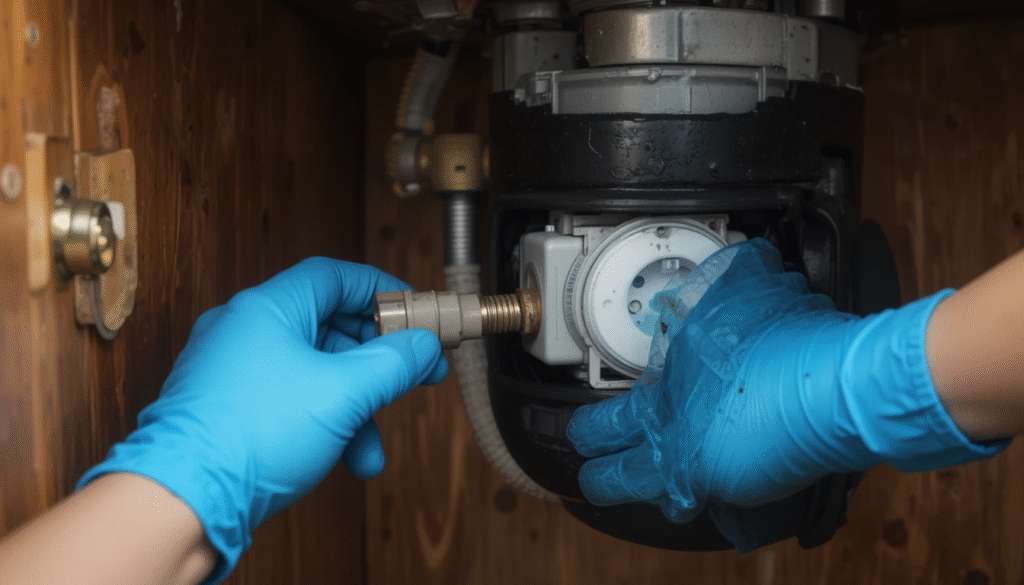
1. Disconnect Power
Turn off the disposal at the breaker or unplug it, ensuring safety like checking electrical panel parts or how many watts on a 20 amp circuit. This prevents accidents, as critical as pvc furnace venting code for airflow.
2. Remove the P-Trap
Place a bucket under the sink to catch drips, like can you pour concrete in the winter prep. Use channel-type pliers to loosen the slip nuts on the P-trap (the curved pipe under the disposal). Remove it and empty debris into the bucket, keeping rags handy for spills, like cleaning how to dispose of a microwave.
3. Clean the P-Trap
Scrub the trap with a brush or bent wire to clear gunk, as satisfying as how to clean pool tile or strip paint from concrete. This step often resolves the clog, like neem oil banishing spider mites from cherokee purple tomato growing.
4. Inspect the Trap Arm
If the trap is clear, check the trap arm—the horizontal pipe to the wall drain. Loosen its slip nut, remove it, and clean with a brush, as precise as shower valve height or true 2×6 dimensions for a rough door opening for 30 door.
5. Snake the Branch Drain (If Needed)
For deeper clogs, feed a drain snake into the branch drain, twisting to break up blockages, like diatomaceous earth to kill mites on hanging orchid cactus. Run it through a few times to ensure a clear path, like mowing lawn patterns for a smooth finish.
6. Reassemble and Flush
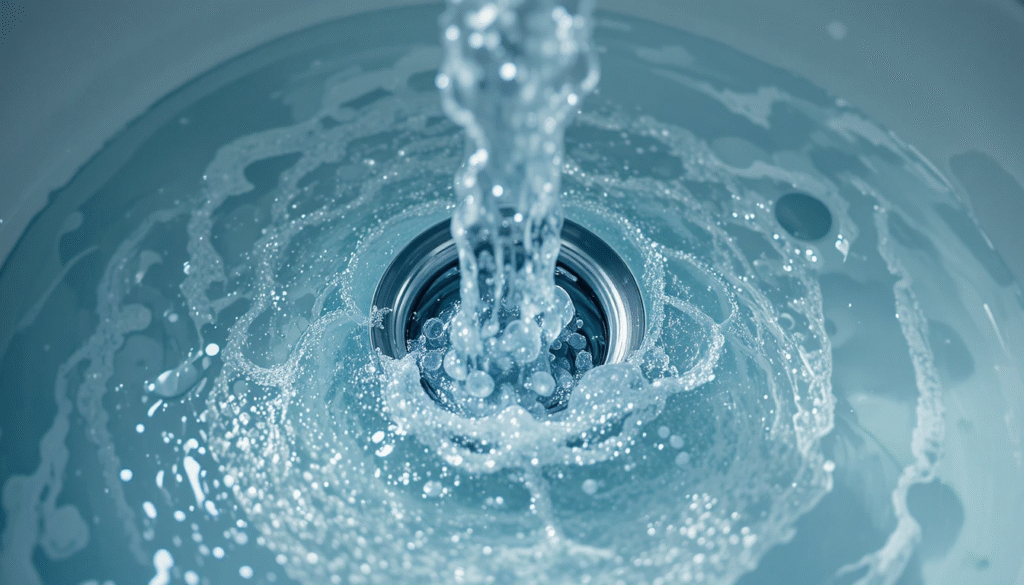
Reattach the trap arm and P-trap, tightening slip nuts by hand—snug, not overtight, like how high should chandelier be above table. Ensure the arm slopes downward for flow, like feng shui for bathroom colors balance. Run hot water for several minutes, then fill the sink and release the stopper for a big flush, like planting winter rye grass for a fresh start.
Alternative Fixes for Stubborn Clogs
If the clog persists, try these methods:
- Plunger: Fill the sink with a few inches of water and use a sink plunger (not a toilet one) to dislodge the jam, like will bleach kill spiders for quick results.
- Baking Soda and Vinegar: Pour one cup of baking soda and two cups of vinegar into the disposal for a fizzy reaction to break up minor clogs, like lima bean seedlings getting a boost.
- Boiling Water: Carefully pour boiling water to melt grease, as effective as what does potassium do for lawns for growth.
Preventing Future Clogs
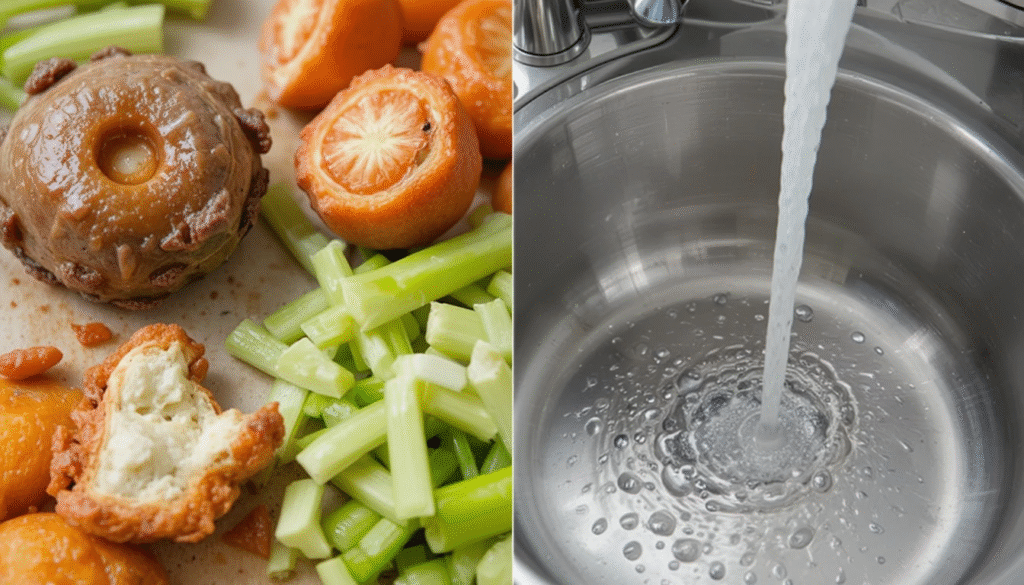
Keep your disposal running smoothly with these tips, as proactive as how do you add nitrogen to soil for a lush garden:
- Run Water Always: Keep water flowing during and after use to flush waste, like septic safe cleaners maintaining a system.
- Avoid Problem Foods: Skip grease, starchy peels (like potatoes), or stringy items (like celery), which clog like yellow bells shrub fibers in a storm.
- No Hard Items: Eggshells or coffee grounds create granular sludge, as troublesome as tiny roach messes.
- Regular Maintenance: Flush with hot water weekly to prevent buildup, like flowers that start with s thriving in flowers by a pond.
Conclusion
A clogged garbage disposal is a hiccup you can fix with confidence, restoring your kitchen’s flow in minutes. By clearing the trap, snaking deep clogs, and adopting preventive habits, you’ll keep your sink as pristine as sage green bathroom cabinets with chrome or brushed nickel accents. Pair your clean kitchen with perennials part sun like philo white princess or florida beauty philodendron for a vibrant home, and rest easy knowing your disposal is ready for action, like monstera standleyana variegated in a thriving garden.

